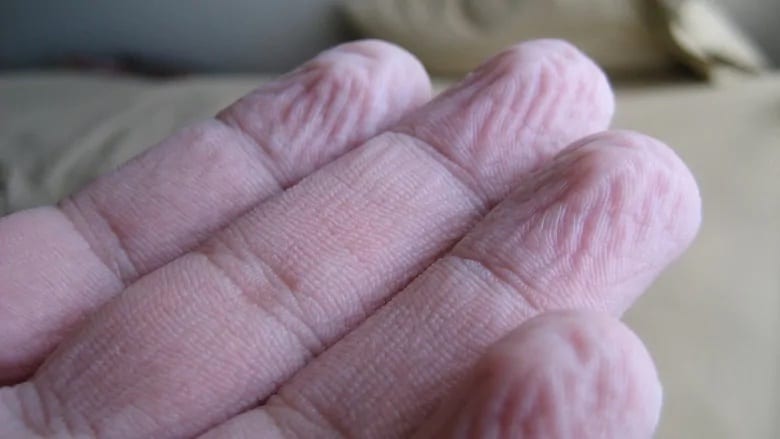The articles in the Lancet published last week should have long-lasting effects.
Let’s hope it is the start of a revolution in the way that low back pain is approached by all health care professionals. Importantly, let’s hope that trickles down to the people they are treating.
The overarching message is that health professionals need to rethink how we think about and how we talk about low back pain. We need to help the public rethink about how they look at low back pain too.
The previously accepted ‘wisdom’ about managing low back pain including unnecessary imaging, strong analgesia, injections, surgery and passive therapies must be overhauled. These articles are going to be a big step in that direction.
Let’s reconceptualise
So what is this low back pain revolution all about? The big message is about ‘reconceptualising’ pain. This means rethinking the assumptions that we all make about pain and how it operates and what it means, and encouraging people to stay active.
One of the issues is over-medicalising low back pain and making it seem like a medical condition like an infection.
The chair of the study, Prof Rachelle Buchbinder from Monash University, featured on The Project. She made the comment that there are ‘downstream effects of over-medicalising low back pain rather than treating it like a common everyday cold’.
If you can cope with the advertising, it is worth a look! The segment starts at 29:10 https://tenplay.com.au/channel-ten/the-project/2018/3/22.
As an example of the ‘downstream effects’ that she is talking about, the overuse of imaging has risks associated with it, that I have talked about before on this blog.
It is not too much of a stretch to say that having imaging could be the difference between an episode of low back pain resolving and it becoming a persistent problem. This is the kind of downstream effect that Prof Buchbinder was talking about.
Imaging – the words often really suck!
Part of this low back pain revolution involves a change to how we approach imaging.
The words in imaging reports are often very evocative.
Dessicated. Bulging. Protrusion. Dehydrated. Stenosis. Degenerative.
If you are reading these words about your own body, there is no way that you would think the same about it again. And they are there in black and white.
It is important to remember when you read an imaging report that there is human interpretation involved too!
These findings are just reports on the ‘morphology’ or the ‘look’ of the segments. Is the bulging abnormal?
Well, about 50% of my old Henley High classmates that have no problems with back pain would have disc bulges (see this blog on the rate of MRI findings in asymptomatic people).
Or is the ‘disc dessication’ the cause of the pain? Who is to know? And therein lies the problem.
If you have just been scared witless by reading that there is a ‘disc protrusion impinging your L5 nerve root’, you will never ever think the same about your back ever again.
It may not even be on the same side as the symptoms, or there may not be any pain radiating into the L5 dermatome that would make this finding relevant (every physio has seen this situation many times).
My Dad has been known to say ‘a picture says a thousand words’ when referring to one of his own ultrasounds. I think most people have that approach to scans.
However, the number of studies that have shown the lack of correlation between imaging findings and pain is amazing. Just check out the study that I referred to above to see what the likely changes are in your back even if you have no symptoms.
If you are interested in evidence-based treatment for your low back pain that doesn’t involve opioids, surgery, imaging, or electrotherapy, why not give us a call and have a chat – 8356 1000.
Speak with a physio to find out more about what we do, or organise a free 15 minute preassessment!
You can also book a time via the online bookings button at the top of the page.
References:
- http://www.thelancet.com/series/low-back-pain
- Brinjikji et al (2015) Systematic literature review of imaging features of spinal degeneration in asymptomatic populations. American Journal Of Neuroradiology















